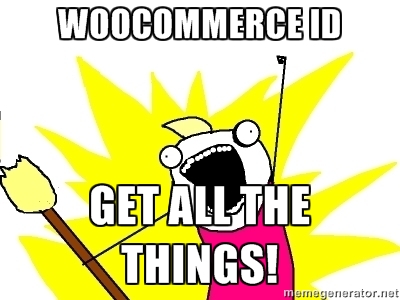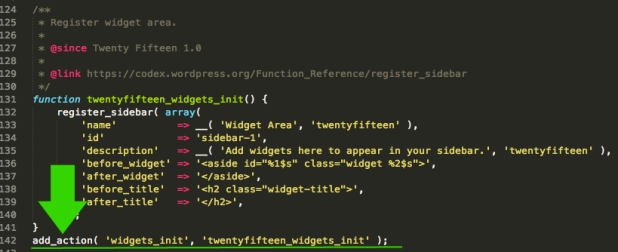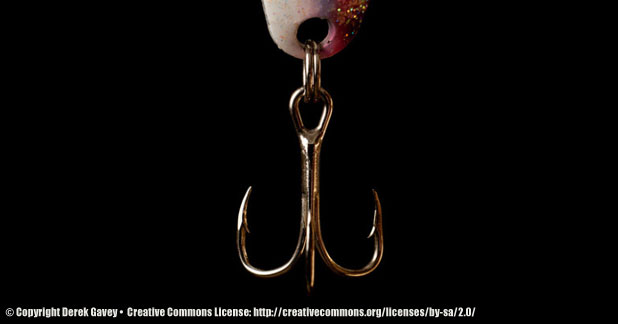The universe has been telling me to write this post for a very long time. The first time was a year-ish ago, when I googled how to get WooCommerce category data with an ID and couldn’t find a clear answer. “Hey, this is a pain to find an answer for – this should be a blog post!” The second time was after I had posted a question on the WordPress Stack Exchange to find an answer, and then I answered it myself. “Whoa – I figured this out! I should tell people about this!”
Then that question eventually ended up earning me a “most popular question” badge. “Damn it, Rachel, people want to know about this – write a damn blog post!”
Okay, so I didn’t do it. Time passed and it was exactly yesterday ( when I began writing this post ), I was working in WooCommerce again, in the zone, went to google, and this happened:
Today's fail: Google how to do something in #WordPress. End up at the Stack Exchange question that you answered yourself. *face palm*
— Rachel R. Vasquez (@RachelRVasquez) September 2, 2015
Yep, that’s right everyone. I ended up googling the same problem I had already once resolved and ended up at the same Stack Exchange question I both asked and answered. All right, universe. You win this round.

To make sure I never ever forget I know how to do this again, I’m going to write it down! How to get the WooCommerce product category name, link, image, all the things with PHP so long as you have an ID to use, step by step, in tutorial form.
Before We Get Started:
- This assumes you’re familiar with PHP loops, objects and variables.
- This is a WooCommerce tutorial yay!
- I am using Advanced Custom Fields for this walkthrough, but you can use other methods like a regular Custom Field and re-work this solution to your purposes.
- I am getting category information on a page other than the category archive. If you’re on a category archive, check this WooCommerce documentation first for a head start. I found that the method there and the method I’m writing here are a little different depending on the template you’re working in.
- This solution is meant to work inside the loop.









